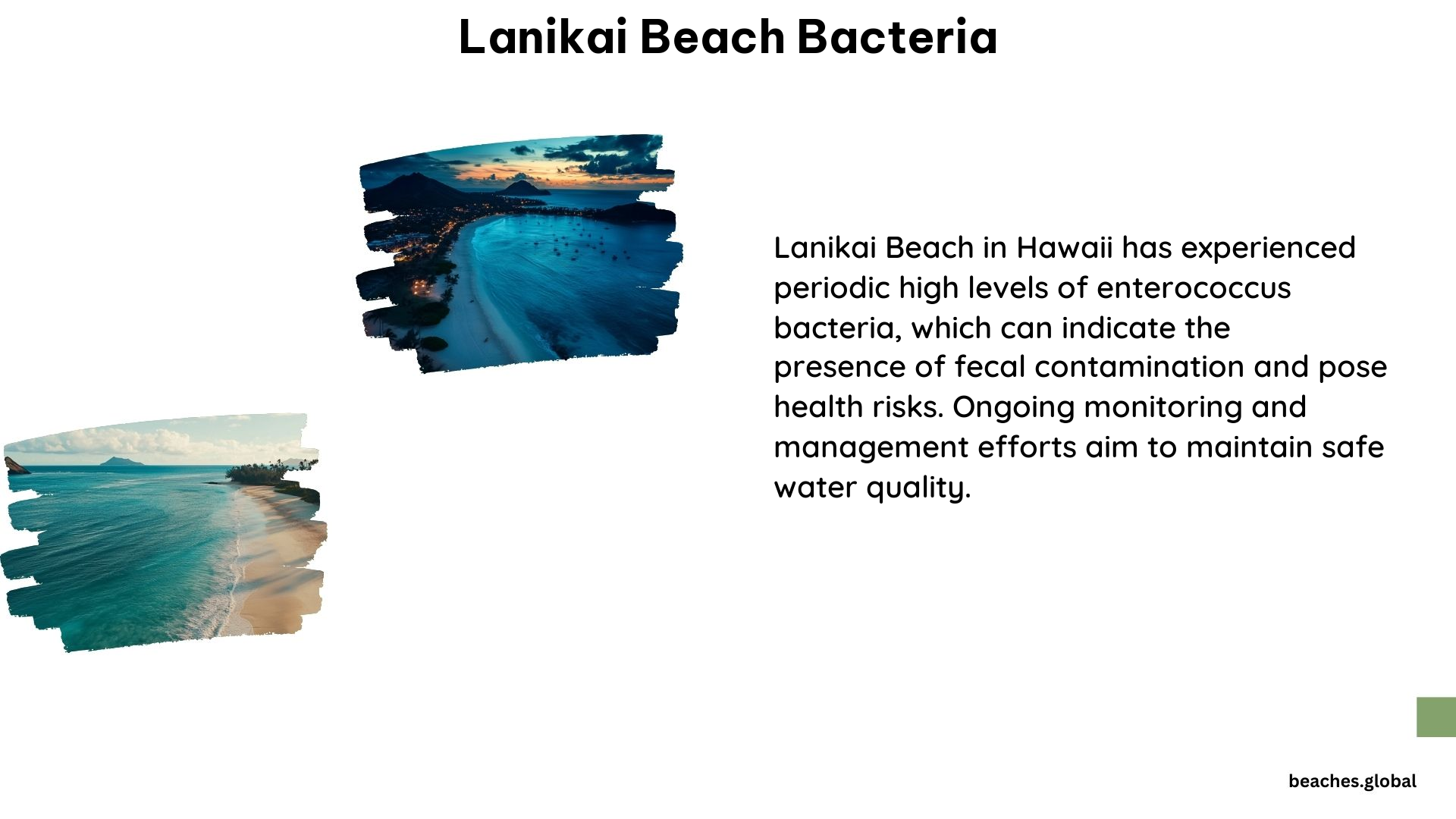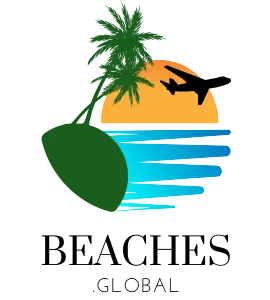Lanikai Beach, a picturesque stretch of sand in Kailua, Hawaii, has long been a beloved destination for beachgoers and tourists alike. However, in recent years, this iconic shoreline has faced a concerning issue: high levels of fecal bacteria in the water. As a beach enthusiast, it’s crucial to understand the challenges surrounding Lanikai Beach Bacteria and how to navigate them for a safe and enjoyable experience.
Understanding the Lanikai Beach Bacteria Issue

Lanikai Beach has been plagued by a recurring problem of elevated levels of Enterococcus bacteria, an indicator of fecal contamination. This bacteria can pose a significant health risk, potentially causing gastrointestinal, eye, ear, nose, and throat infections. The presence of these harmful microorganisms in the water has led to the issuance of brown water advisories, warning the public against swimming or engaging in water activities.
Causes of Lanikai Beach Bacteria Pollution

The pollution at Lanikai Beach can be attributed to a variety of factors, including:
-
Stormwater Runoff: Heavy rainfall can wash away contaminants from the land, such as animal waste, pesticides, and other pollutants, into the ocean.
-
Cesspools and Sewage: Hawaii is known for its high number of cesspools, which can leach harmful bacteria and chemicals into the groundwater, ultimately reaching the beach.
-
Dead Animals and Debris: Flood events and natural occurrences can deposit dead animals, vegetation, and other debris into the water, contributing to the bacterial load.
-
Commercial and Industrial Sources: Runoff from nearby commercial and industrial areas can also introduce a range of pollutants, including chemicals and pathogens, into the ocean.
Monitoring and Testing at Lanikai Beach
The State of Hawaii’s Department of Health, Clean Water Branch, is responsible for regularly testing the water quality at Lanikai Beach and issuing advisories when bacteria levels exceed safe thresholds. The Surfrider Foundation, an environmental organization, also conducts its own water quality testing and raises public awareness about the pollution issues.
Navigating Lanikai Beach During Advisories
When a brown water advisory is in effect at Lanikai Beach, it is crucial to heed the warning and avoid swimming or engaging in water activities. Even if the water appears clear, the presence of bacteria and debris can still pose a significant health risk. During these times, consider visiting alternative beaches in the area, such as Kalama Beach, which may offer better amenities and safer water conditions.
Addressing the Lanikai Beach Bacteria Challenge
Addressing the Lanikai Beach Bacteria issue requires a multi-faceted approach involving various stakeholders, including government agencies, environmental organizations, and the local community. Some potential solutions include:
-
Upgrading Cesspools and Sewage Infrastructure: Investing in the replacement of outdated cesspools and improving the overall sewage infrastructure can help reduce the leaching of harmful bacteria into the groundwater and ocean.
-
Implementing Stormwater Management Strategies: Developing and implementing effective stormwater management systems can help mitigate the impact of runoff on the beach’s water quality.
-
Enhancing Public Awareness and Education: Increasing public awareness about the Lanikai Beach Bacteria issue and educating the community on best practices for beach safety and environmental stewardship can help drive positive change.
-
Strengthening Monitoring and Enforcement: Continuous monitoring, data collection, and enforcement of environmental regulations can help identify and address the sources of pollution more effectively.
Conclusion
Lanikai Beach, with its stunning turquoise waters and picturesque surroundings, is a true gem of Hawaii. However, the persistent issue of Lanikai Beach Bacteria poses a significant challenge for beachgoers and the local community. By understanding the causes, monitoring efforts, and navigating the advisories, visitors can enjoy this iconic destination while prioritizing their health and safety. Addressing the underlying issues through collaborative efforts and sustainable solutions will be crucial in preserving the beauty and accessibility of Lanikai Beach for generations to come.
References:
- https://spectrumlocalnews.com/hi/hawaii/public-safety/2024/05/16/kailua-bay-fecal-bacteria-detected
- https://spectrumlocalnews.com/hi/hawaii/public-safety/2024/05/24/kailua-bay-fecal-bacteria-detected-update-
- https://www.waikikiaquarium.org/conservation/cwbsystem/
- https://www.reddit.com/r/VisitingHawaii/comments/1cb8qsz/brown_water_advisory_warning_at_lanikai/
- https://www.sfgate.com/hawaii/article/popular-hawaii-beach-frequently-polluted-18167324.php
